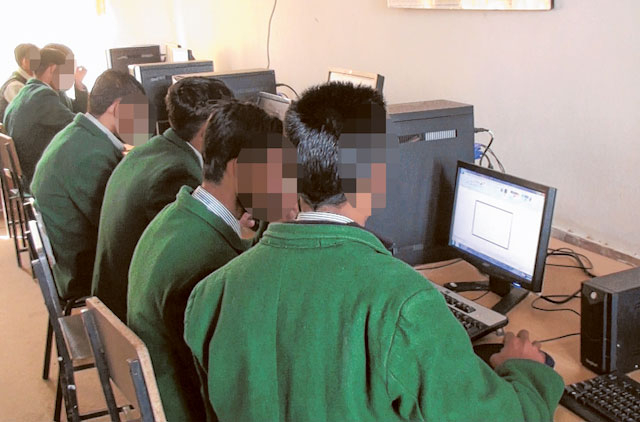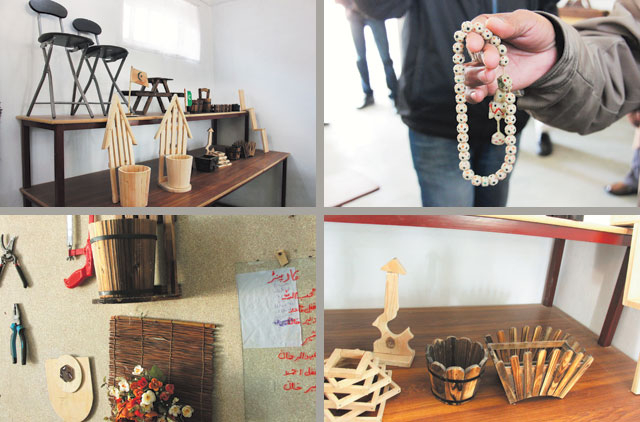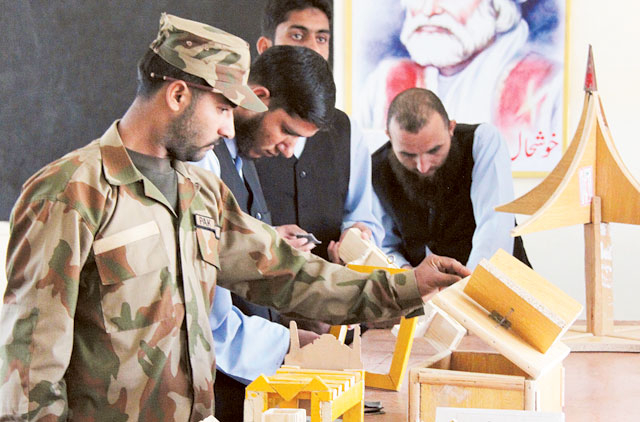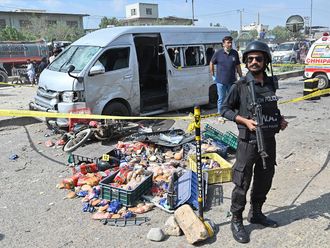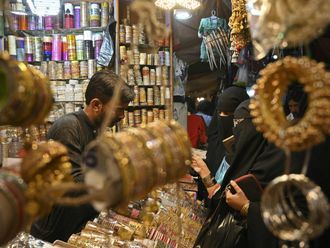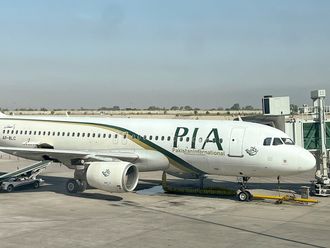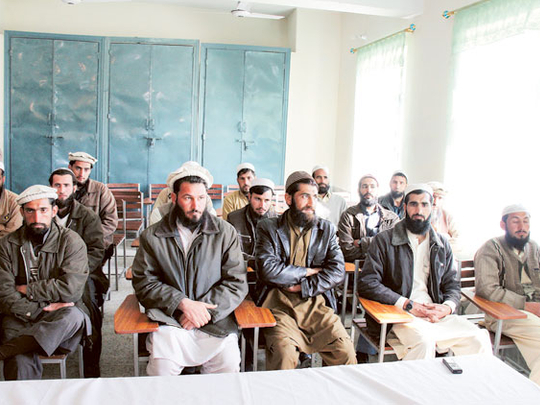
Malakand: When one compares the situation in Swat and many parts of FATA (Federally Administered Tribal Areas) today to a few years ago there is a remarkable difference. And this is not just in terms of security.
Development work has made inroads along with an improvement in security. But more important are the efforts at deradicalisation being made in the area. Following the screening of individuals affiliated with terrorists and the start of counselling, comes the stage of rehabilitation and then reintegration. Despite the initiative being in a nascent stage, it has already made a significant mark not just in Pakistan but also abroad.
Nestled in a beautiful green valley near Malakand, Sabaoon (which means a leading sunray at dawn) is the only juvenile deradicalisation centre in Pakistan. Not only are hard-core juvenile soldiers and suicide bombing trainees being helped here, but also other youngsters from 12-18 years of age who are classified either middle risk or low risk in accordance with their past activities and training with terrorists.
Gulf News was able to interact with the young boys who were studying at Sabaoon at the time of the visit. Smartly dressed in green blazers and grey trousers, pleasant to talk to and visibly involved in their respective studies, whether it was a chemistry lesson or computer studies, these boys gave no inkling of any dark links with the past.
The best thing about Sabaoon is that these boys are being given a second chance to live normal lives and in fact better than many boys of their background would ever get. Although the Pakistan Army, whose officers are still in charge of its security initially set up Sabaoon, a team of highly dedicated and courageous civilians is now running it. Such is the threat Sabaoon poses to the terrorists, that one of its highly respected lecturers, Dr Mohammad Farooq Khan who was also the Vice-Chancellor at Swat University, was killed in Mardan in 2010 because of his involvement in the project. One can completely understand why the administrators are wary of not revealing the identity of the students or teachers.
The boys in Sabaoon not only get a chance and full encouragement to go to other top educational institutions in the country as well as cadet colleges, they are also financially supported with regular stipends.
Family interaction is highly encouraged with weekly visits on the premises and regular monitoring after successful passing out of Sabaoon. Having started off in 2009 with 22 children Sabaoon got a successful kick-start and has now helped reintegrate 149 children in five batches.
Poor families
In the present batch we visited there were 39 children. Not surprisingly 60 per cent of these children are from poor families. But it was heartening to see them get the best academic and sports facilities here. No wonder that these students are competing with boys from other schools in Pakistan and doing extremely well. Besides academic studies they are also provided vocational training in a number of skills to enable them to gain useful employment or start their own businesses after completion of studies. Regular art workshops and classes are held, which provide them with a useful means of expressing suppressed feelings and overcome misplaced conceptions about pictures and artwork as something un-Islamic. Some of the boys we met talked about their fondness for cricket and their desire to pursue further studies and become doctors and engineers.
Other deradicalisation centre in Bajaur, nearby Mingora (Swat) and Tank in Dera Ismail Khan are doing an equally commendable job. Aimed at adults, these centres are involved in the deradicalisation and reintegration of Taliban affiliates who were not hardcore fighters but were classified as helpers, falling in the third tier. The Mishal centre in Mingora is being run by the army but includes civilians, psychologists, lecturers and vocational teachers. Similarly Naway Sahar (New Morning) in Bajaur and another in Tank are also run on similar lines with an emphasis on deconstructing past extremist ideas about religion and anti-state sentiments along with teaching skills.
Listening to the briefings detailing the whole process of deradicalisation and reintegration, one is struck by the various aspects that have to be taken in account vis-à-vis psychological profiling, assessment, reversal of extremist indoctrination by means of lectures, psychological counselling, knowledge enhancement, training in personal grooming, ethics and vocational training.
The individuals are trained to gain back a sense of self-worth and respect and value life. An interesting exercise to inculcate responsibility is by tasking every individual with the care of a rose bush or tree. Other means such as debates, lectures and audio-visual aids are also employed. Posters of national heroes and of other places in the country have been put up to remind them of their history, culture and also as a means of exposing them to a world outside their narrow circumference. Large boards with Quranic verses and Hadith that denounce killing of humans and violence dominate the halls and classrooms. These are important in helping remove extremist teachings.
Each centre is doing its bit. The process itself is based on the integrated efforts by a number of trained personnel from the civilian side as well as the military. Moreover, the monitoring during the process and then post-reintegration requires considerable security input. As far as the cost of housing, training and then providing for these individuals is concerned after reintegration this is currently being borne by the military and the FATA secretariat as well as some NGOs.
The success achieved so far is likely to help develop the existing centres and set up new ones. But more than figures is the hope this initiative has triggered off. Hopefully each Sabaoon or Mishal individual will spread the light in his small circle and help deter the spread of hatred and extremism in his community.


